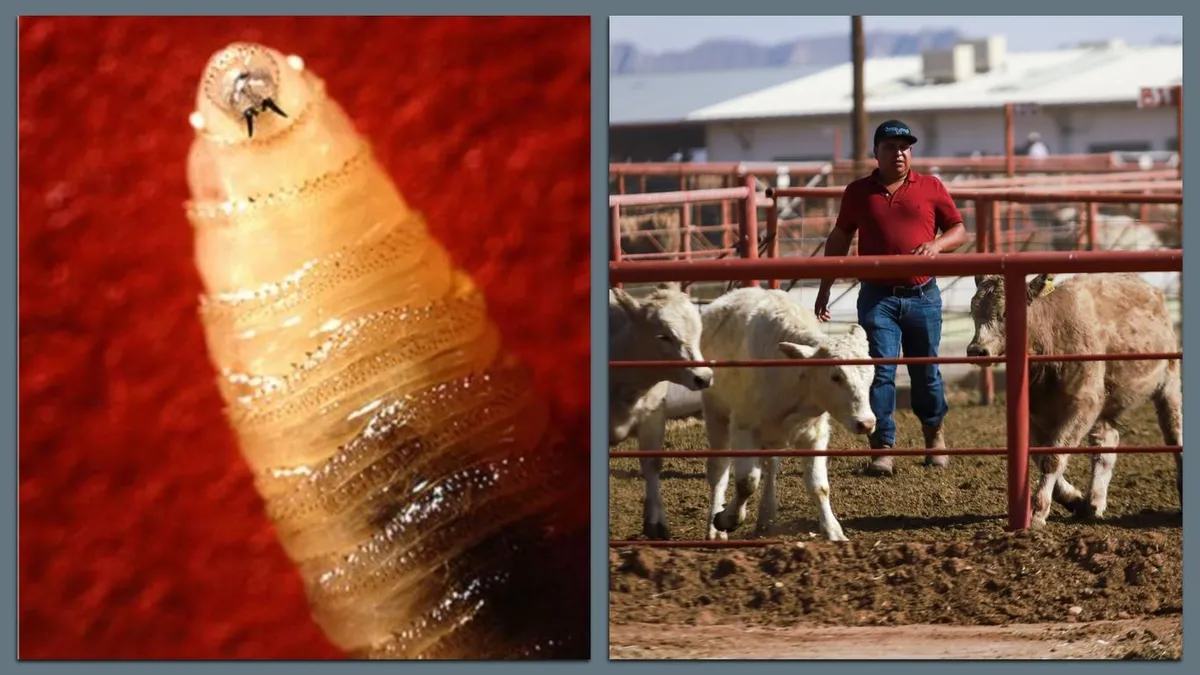
The recent suspension of live animal imports from Mexico by the United States has raised significant concerns within the livestock industry. This decision, prompted by the discovery of the screwworm pest, has implications for cattle, horses, and bison. Understanding the nature of this pest and its impact is crucial for those involved in the agricultural sector.
The screwworm is a parasitic insect that primarily affects livestock. Known scientifically as *Cochliomyia hominivorax*, this flesh-eating fly lays its eggs in open wounds, leading to severe infection and tissue damage. The larvae feed on the living flesh of the host, causing considerable suffering and, in severe cases, death.
The recent findings of screwworm infestations have prompted the U.S. Department of Agriculture (USDA) to take precautionary measures. This includes halting the importation of live animals from Mexico to prevent the spread of this devastating pest. The decision affects not only cattle but also horses and bison, which are integral to both the agricultural economy and food supply.
The USDA's suspension of imports through the U.S.-Mexico border is a necessary step to protect American livestock from potential infestation. The agency is committed to ensuring the health of the national herd and preventing the screwworm from causing widespread damage. This decision aligns with previous actions taken in response to similar outbreaks in the past.
As the situation develops, producers and stakeholders in the livestock industry should stay informed about the status of the import ban and any further regulations that may arise. The USDA will likely implement monitoring and control measures to combat the screwworm threat. Awareness and preparedness are essential to mitigate the impact on the U.S. livestock industry.
The suspension of live animal imports from Mexico due to the screwworm pest underscores the importance of biosecurity in agriculture. Producers are urged to remain vigilant and informed about pest management practices to protect their livestock and maintain the integrity of the food supply. As the USDA works to address this issue, collaboration and communication within the industry will be key to overcoming this challenge.